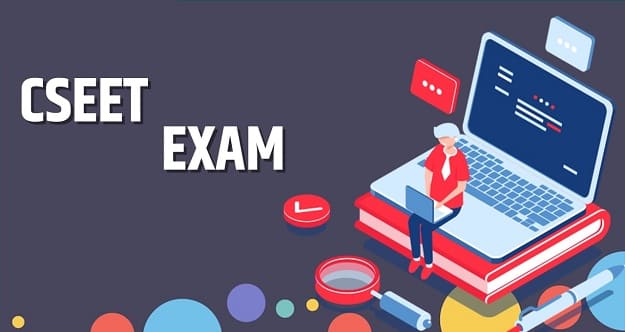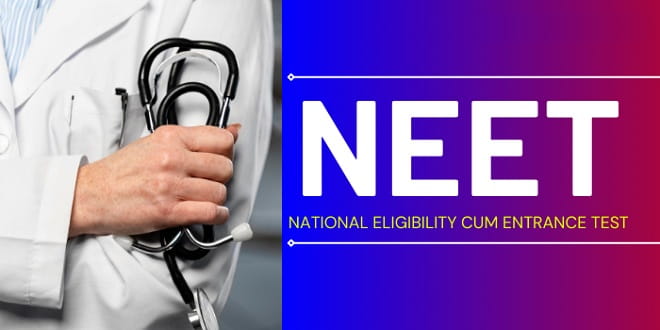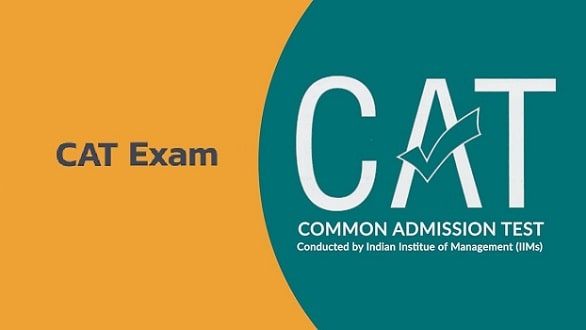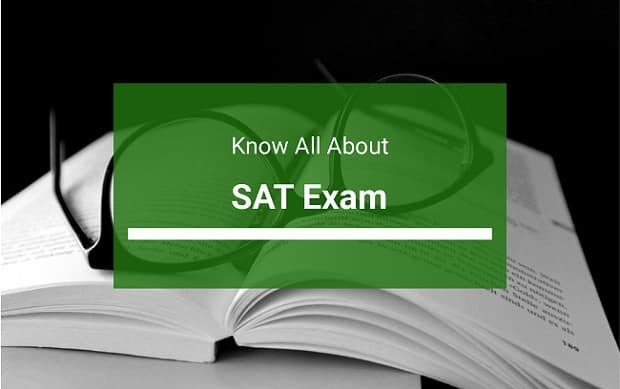CSEET stands for the CS Executive Entrance Test. The CS Executive Entrance Test gets run by the ICSI (Institute of Company Secretaries of India). The CSEET is held four times a year, in January, May, July, and November. Read the entire article for more details on the CS Executive Entrance Test.
What is the CSEET?
The ICSI CS executive entrance exam do administer by the Institute of Company Secretaries of India (ICSI) for direct admission to CS executive programs. On their official website, candidates who have completed their 12th grade, graduates, and postgraduates can apply for the ICSI CSEET.
Eligibility Requirements for CSEET
Before starting the registration procedure, candidates should review the CS Executive qualifying requirements. If a candidate does not meet the ICSI authorities’ basic eligibility requirements, he will not get considered for the CS Executive.
Qualifications for Work
- A candidate must have passed or sat in the Senior Secondary Examination (10+2) or any other qualifying examination.
- To be eligible for registration into the CS Executive program, candidates must pass the ICSI CSEET.
Nationality
Students residing in India are qualified to participate in the CS Executive admission exam. Applicants who are foreign citizens are ineligible.
Age Restrictions
To be qualified for the CS Executive qualifying examination, an applicant must be at least 17 years old.
Process of CSEET Application
Candidates should be aware that the registration process for the CS Executive Entrance exam is only available online. Applicants can follow the process listed below to register for the ICSI CSEET:
- Go to the official website of ICSI.
- Click on Online Services, then on Register for CEET.
- A new page will get launched, and the applicant must check to see if he has all of the needed papers and then check the boxes.
- Then click the Proceed to CSEET Registration button.
- Fill out all of the essential information requested, such as your name, phone number, email address, qualifying information, and fee information.
- The candidate must next upload the required papers as indicated.
- Once you’ve seen the application, double-check it.
- After you’ve reviewed the application, click the ‘Confirm Application’ button.
- Choose a payment method.
- When the payment procedure gets completed successfully, a transaction ID gets produced.
- Applicants should keep this transaction ID on file for future reference.
Candidates will get notified through registered email/phone number that they have got registered in ICSI CSEET following a successful CS Executive entrance test registration procedure.
Fees for the CS Executive Entrance Exam
The registration cost for the CS Executive Entrance Test is INR 1000 per student for each appearance. The authority has given fee reductions to applicants who are permanently disabled, widows and wards of martyrs, serving / retired soldiers of the Indian Army, Indian Air Force, Indian Navy, the paramilitary forces, and Scheduled castes/Scheduled tribes. The table below indicates the fee reduction for applicants that fall into a specific category:
- SC = 50%
- Physically challenged = 50%
- Martyrs’ widows and wards = 100%
- Indian Army soldiers who are currently serving or have retired = 50%
- Students from the Union Territories of Jammu & Kashmir and Ladakh are participating = 100%
- ICSI employees and their dependents/spouses = 75%
- Students from various areas of India’s Northeast, Andaman and Nicobar Islands, and Himachal Pradesh = 50%
- MCA and related offices’ ICLS officers/officers and personnel = 100%
Documents Required for the CS Executive Entrance Exam
Applicants who fail to provide the requisite papers will get disqualified from taking the CSEET. During the registration procedure for the CS Executive Entrance Test, candidates must have the following documents.
- The candidate’s picture
- The candidate’s signature
- Certificate of Birthdate (10th pass certificate)
- Admit Card/Hall Ticket for the 10+2 Exam (if appearing)
- 10+2 examination pass certificate/mark sheet
- For applicants who fall within some category, a certificate gets issued.
Candidates are encouraged to bring their Aadhar card/pan card/passport/license card with them during the registration procedure, in addition to the above certifications.
CSEET Exam Pattern
Candidates should be aware that the CSEET will have negative markings. Up to the exam date, applicants must be familiar with the most recent updates and changes in the CS Executive entrance test exam pattern and curriculum materials. The ICSI CSEET exam consists of two parts: a computer-based examination (CBT) and a Vivo Voice interview.
CBT Exam Pattern for CS Executive Entrance Test
Applicants may learn more about the CSEET CBT Exam Pattern by looking at the following points:
- A computer-based test will get administered.
- The test will get conducted entirely online.
- For this test, a total of 170 points will get granted.
- It will take 120 minutes to finish the exam.
- There are a total of four subjects that must get studied for the test.
- There will only be multiple-choice questions (MCQs) and objective-type questions.
Exam Pattern for Viva Voice in the CS Executive Entrance Test
Applicants can refer to the following points to learn more about the CSEET Viva Voice Exam Pattern:
- This exam is centered on communication and presenting abilities and the applicant will get graded accordingly.
- The CSEET Viva Voice will be worth a total of 30 points.
- The exam will take 15 minutes to complete.
- Simultaneously/immediately after the CSEET CBT, this test will be conducted using Artificial Intelligence (AI) or videos that have already get filmed at the specified centers.
CSEET Syllabus
The CS Executive Entrance Test syllabus got created by the ICSI authorities. Because this is a national admission test, the stakes are high. It is necessary to review the CS Executive Entrance Test syllabus before beginning your preparation for the entrance test. The following is a list of the CS Executive Entrance Test syllabus for candidates to review:
Business Communication
The goal of this topic is to assess the candidate’s corporate communication abilities and English grammar understanding. The following subjects must get studied by candidates for the CSEET:
- The fundamentals of excellent English
- Communication
- Letters of business correspondence
- Result of the CS Executive Entrance Exam
Logical Reasoning and Legal Aptitude
Legal Aptitude and Logical Reasoning get separated into two sections in this paper. There are 25 marks in each segment. Candidates can look up the subjects for both parts in the list below:
- Legal knowledge
- The Constitution of India
- General Laws Elements (Indian Contract Act and Law of Torts)
- Legislation Concerning Company Secretaries
- Elements of Business Law
- Legal Argumentation
- Reasoning logically
- Reasoning logically
- Reasoning with words
- Non-verbal Reasoning
The Business and Economic Environment
Economics and Business Environment get likewise separated into two sections in this study. There are 25 marks in each segment. The following are the themes discussed in this paper:
- Economics
- Demand and Supply Fundamentals, as well as Market Competition Types
- Accounting for National Income and Related Concepts
- Union Budget of India
- Financial Markets in India
- Economy of India
- Environment of Business
- Economy of India
- Environment of Business
- Institutions of Government of Importance
Current events, public speaking, and communication skills (Viva Voice)
This paper gets broken into two sections: current affairs (20 points) and presentation and communication skills (viva voice) (30 points).
- Current Events
National and international issues are now getting discussed.
- Ability to Present and Communicate (Viva Voice)
- Skills of Listening
- Skills in Written Communication
- Skills in Oral Communication

Rahul Kumar is a passionate educator, writer, and subject matter expert in the field of education and professional development. As an author on CoursesXpert, Rahul Kumar’s articles cover a wide range of topics, from various courses, educational and career guidance.




